Ready to support your area’s farmers? These 5 ways to find farmers will help you source wholesome, locally grown food.
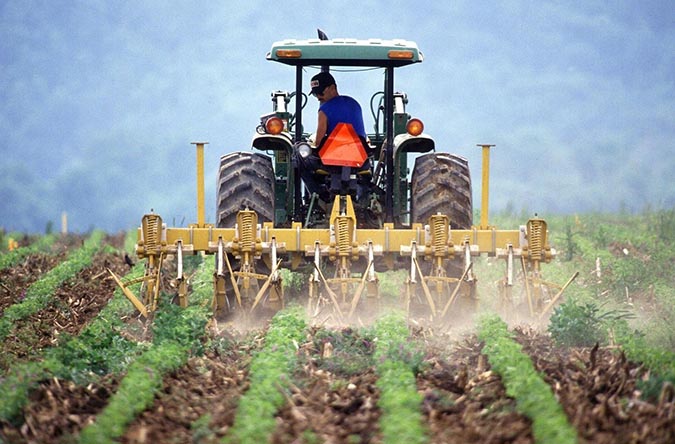
Image by PublicDomainImages from Pixabay
5 Ways to Find Farmers in Your Area
I became a “groupie” of The Grow Network a few years ago when I signed up for the first Home Grown Food Summit. I had been growing herbs and some fruits and vegetables at home. But I wanted to grow more.
I literally stalked this site—reading every post on it. Then, when the Summit started, I attended every presentation and took a notebook full of detailed notes.
You May Also Enjoy:
“9 Simple, Effective Probiotics You Can Make at Home”
“Composting the SCARY Stuff—Meat, Dairy, Bones, and Human Waste!”
Looking back, I think I was a bit crazy. But, there were so many hidden dangers lurking in every food purchase that I made. I was literally having anxiety about buying or eating anything. I felt like I had to understand all the risks and also learn how to do everything myself.
Well, fast-forward a few years, and I have come to realize the wisdom of Marjory’s “Grow Half” philosophy. Because trying to grow it all is not just twice as hard—it’s crazy hard!
You May Also Enjoy:
“How To Grow Half Your Food In Your Backyard In Less Than An Hour Per Day”
Personally, I have managed to push the needle a bit past the halfway mark on producing my own food by raising ducks and goats and by growing shiitake mushrooms on logs. But I also spend more like 2 hours every day growing my food. So, it’s a trade-off.
Learn to Grow Your Own Mushrooms With Our “Growing Edible Mushrooms” Master Class—a TGN Academy Exclusive!
Click Here to Get Started!
Thankfully, I have also found ways to make peace with my food purchases. Basically, what I can’t grow or raise, I buy direct from farmers I trust. But let me tell you, it took a lot of work to find farmers growing food like I would!
The Challenge of Finding Farmers You Trust
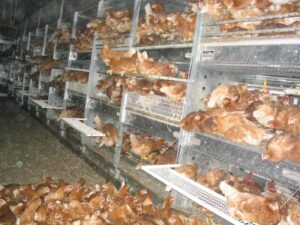
Image via Wikimedia Commons
Unfortunately, the way the system works now, many of us are so isolated from our food growers that it can be nearly impossible to find like-minded farmers. For example, Marjory was talking to one of our TGN Academy members, Swapna Kankipati. Swapna has two kids in middle and elementary school. And she says they don’t know where milk comes from.
She wants to get her kids out on a farm to pick fruits and vegetables, milk a cow, play with chickens, and see plants growing. Problem is, she doesn’t know how to create those opportunities for her kids.
You Don’t Want to Visit Most Farms
First off, it’s not Swapna’s fault. The truth is that most farms are not kid friendly. Frankly, the majority of the farms that supply milk and eggs to grocery stores aren’t exactly the kind of places you want to visit.
You May Also Enjoy:
“How to Start Seeds Like a Professional Grower”
This is also not entirely the fault of the farmer. Many of us depend on cheap food. And major corporations, who do most of the food selling, define how farmers must do business to meet those price points. Generally, cramming lots of animals into small spaces with artificial light, GMO-feed, and no access to pasture is what many farmers do to survive.
Then, because of unnatural, crowded conditions, those animals are at greater risk for epidemics like swine and avian flu or transmission of foodborne illnesses. In such close confines, even a bit of bad bacteria carried in on a visitor’s shoe could cause the death of millions of livestock. It could also lead to multi-state consumer illnesses spread through grocery store chains.
As such, playing with a chicken at an egg factory literally involves putting on a bio-hazard suit!
You May Also Enjoy:
“Inside Chicken Factory Farms—The Awful Truth”
I don’t want to get into all the wrongs of commercial farming in this article. But, I do want to stress that you will only be able to buy direct from certain kinds of farmers—namely local, small-scale farms that offer greater transparency.
That being said, the good news is that 90% of the world’s farms are small—and there are over 570 million of them.1)http://www.fao.org/family-farming/themes/small-family-farmers/en/
Find a Local Farmer
Despite the challenges, there are farmers out there who actually want to show you how they raise food and care for livestock. You might not find their products at the grocery store, but you can find them—if you’re willing to look.
Following are some ways you can connect directly with farmers who want you to be connected to your food supply!
1. Visit a Farmers Market
According to the USDA, there are over 8,000 farmers markets in the US, supplying customers more than $1 billion worth of food products annually. That’s just a tiny drop in the annual $60-70 billion agricultural bucket.2)https://fas.org/sgp/crs/misc/R45117.pdf
You May Also Enjoy:
“Special Challenges to Managing NPK in the Organic Garden”
Still it’s a significant increase since the information was first tracked back in 1994. And it means it’s more likely that you’ll be able to find a market near you.
Most markets are seasonal, which means you’ll have better luck finding them in warm temperatures. You can use the USDA database to do a zip code search to find markets near you.
Find a Farmers Market: “USDA National Farmers Market Directory”
Not all markets listed in the database have websites, and some may not be registered with the USDA. So you may need to do a little extra research to get all the details.
Your town or city officials may also have information on local farmers markets.
2. Agritourism
Many small farms have turned to agritourism as a way to create more revenue opportunities and connect with customers. Farms may offer onsite corn mazes, pumpkin patches, pick-your-own opportunities, historical re-enactments, festivals, and more.
You May Also Enjoy: “6 Reasons You Should Call Your Extension Office Today”
Most states have programs in place to support agritourism. As such, you can often find information about the agritourism events near you by visiting your state’s agricultural website.
If your county or region has an agricultural extension office, they often keep information on agritourism events. They may also offer their own events to connect community members with farmers.
3. Community Supported Agriculture (CSA)
Many small farms now offer shares of their seasonal crops for sale. These are called CSAs.
You May Also Enjoy:
“All Hail, Kale! Growing Kale at Home (With Recipe)”
Essentially, you pay in advance for a share of the crops that are grown for a set period of time. Your pre-payment enables small farmers to buy their seeds and soil amendments without needing to take out loans.
Then periodically (usually weekly) during the growing season, you’ll get to pick up your fresh produce direct from the farm. Some CSAs also offer delivery or drop-off locations and deliver to workplaces. Farms that have CSAs often host social events for their members. They usually give personal tours, also.
Learn More: Find a Local CSA
Supporting CSAs does come with risks. The idea is not just crop-sharing, but risk-sharing. In good weeks, you may get extras in your share. But when the weather is bad or a crop fails, then you also share in those losses. This is what real agriculture looks like, though, and it makes sense for us all to share the bounty and challenges.
Sites like LocalHarvest have lists of farms that offer CSAs and are searchable by your location.
4. Workshops
Similar to agritourism, many farmers have branched out into offering workshops on their farms. Things like poultry processing, pig butchering, season extension, pest prevention, making cheese, raising dairy livestock, and other topics are becoming more common.
You May Also Enjoy:
“Attracting Pollinators to the Garden Year After Year”
“7 Ways to Use Pine Trees for Food and Medicine, Year-round”
Workshops give you real opportunities to experience these activities while engaging with an experienced farmer. You can often find information on workshops near you through web searches or your agricultural extension office, or from farmers market managers.
5. Farm Stores
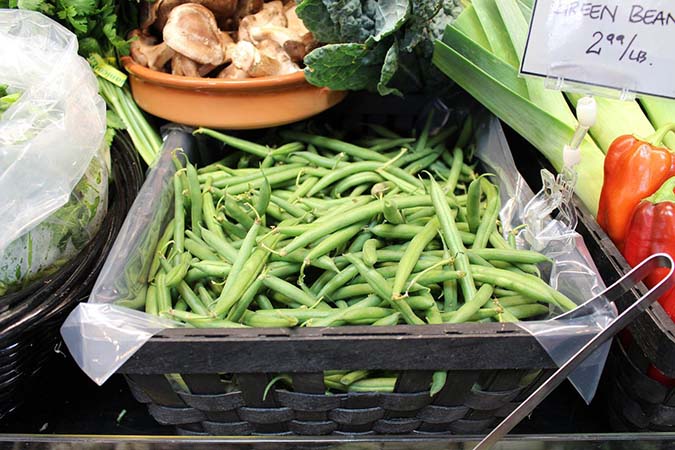
Image by lifeinlightspeed from Pixabay
Not every farm has a store. Those that do may have limited hours or be open by appointment only. It can be a big inconvenience for a farmer if you show up unannounced (e.g., when they’re rushing to get crops in the ground). So, please, call first!
You May Also Enjoy:
“How to Make Bone Broth in 5 Easy Steps + Benefits & Uses”
However, visiting farms during their store hours is a great way to buy products and get an inside look at how the farm operates. Every time I have visited a farm store (when they aren’t busy), the farmers have always been willing to answer my questions.
Sometimes they even give spontaneous tours. (This often seems to happen if you spend a little money and ask a lot of questions!).
Locating Markets Outside the US

Image by Sasin Tipchai from Pixabay
Most of the leads above apply specifically to the US. But many other countries offer similar resources. Also, it’s often easier to find farmers in less financially developed countries because they have more small farmers.
In the US, for example, 66% of our food sales comes from farms that gross over $1 million a year. Those farms generally don’t allow the public access to their operations. Whereas, in some countries, like France, small farms make up the majority of farms.3)http://www.momagri.org/UK/agriculture-s-key-figures/The-average-size-of-French-farms-is-135-acres_1070.html Not all are open to the public. But many do allow visitors.
You May Also Enjoy:
“The 7 Stages of Home Medicine Makers”
Transparent farming is also often deeply embedded in countries that have well-established regional food cultures. Just asking the locals can help you locate visitor-friendly farms. In areas with tourism, tourist-related sites can be good places to learn about farmers markets and agritourism around the world.
If you have any country-specific links to help people find farmers around the world, we’d really appreciate if you would post them in the comments section!
Local Farmers Need Our Support
Small, local farmers depend on the people in their community to support their businesses. And we depend on small farmers to provide us with delicious, healthy, wholesomely grown food. Even when you can’t grow your own, connecting with farmers who grow it like you would (if you could), is good for all of us!
____________
(This is an updated version of an article that was originally published on February 19, 2019. The author may not currently be available to respond to comments, however we encourage our Community members to chime in to share their experiences and answer questions!)

Tasha Greer is a regular contributor to The Grow Network and has cowritten several e-books with Marjory Wildcraft. The author of “Grow Your Own Spices” (December 2020), she also blogs for MorningChores.com and Mother Earth News. For more tips on homesteading and herb and spice gardening, follow Tasha at Simplestead.com.

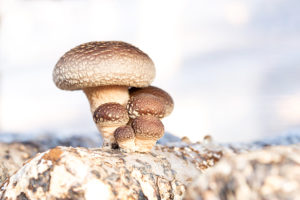
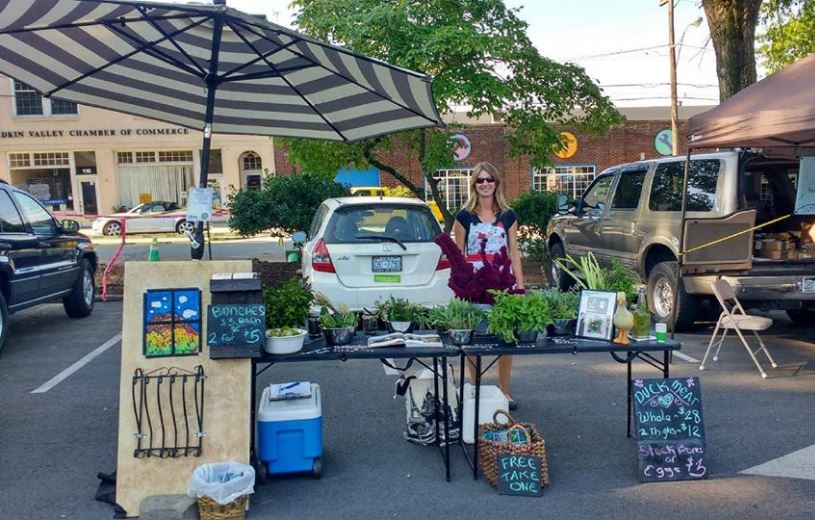
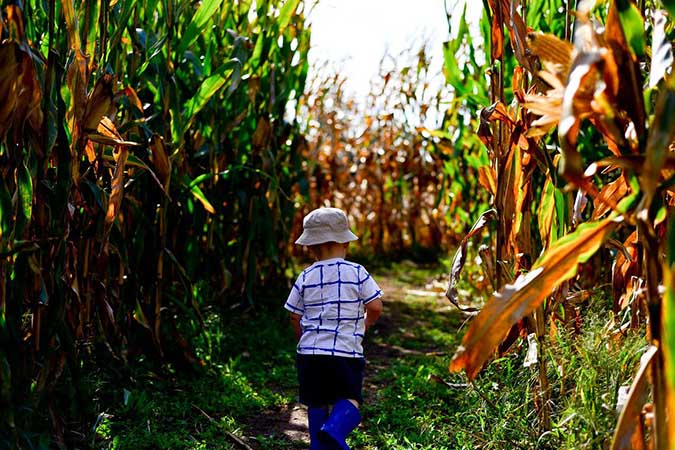
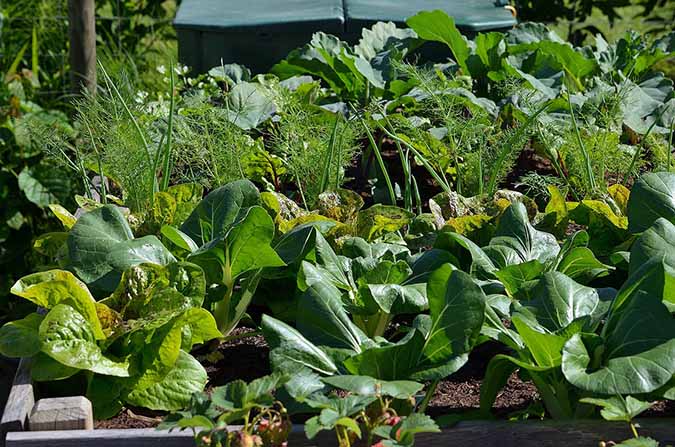







COMMENTS(4)
http://www.eatwild.com and http://www.localharvest.org Both of these websites allow you to put in your location and they will list information about the farms. What they have, location, phone numbers in some cases, even websites for you to check out or you can just use google (god forbid) or bing, duckduck go to search them out for more info. Keep in mind that they are not all organic or sustainable farms. You will have to hunt them down using some filters or methods of searching but it is a starting place. Also just do a search on google etc. for “food co-ops in my area”. This is how we got started and found our sources. To this day we still use mostly the same ones as they are very good. Some areas do not have many choices. Unfortunately not all states allow for raw milk etc. On both websites they will list farmers markets as well and even some organic local stores.
To encourage and support the finding of local producers, we have started a food trail map in one region, Marlborough, in New Zealand. Our website is http://www.wholefoodmarlborough.co.nz
Thank you for writing this article … I knew some of the ways you talked about , but not all. I live in Nebraska and it is amazing how few fresh vegetables there are — small farmers market and not well attended. The ways small farmers are generating more income are great ideas !
In Belize, it’s harder to find verified sources of organic produce.
The shops at the Farmers’ Market are open several days
a week, but the sellers are (mostly) just sellers and they
don’t know what is organic and what is not. For all we
know, it could all be organic, or none of it is organic.
We found an organic farmer near San Ignacio in the Cayo District
who would e-mail us on Mondays a list of the fruits and veggies
that would be available that week. The list includes the price per
each or per pound. We e-mail our orders by Wednesday.
On Friday morning the farmer brings the local orders to a place
where people can pick them up. I don’t live in the Cayo District,
so the farmer boxes up my order on Friday and sends it to one
member of my group. That member deposits the total purchase
price into the farmer’s bank account at a local branch of the
farmer’s bank. We pick up the boxes of veggies at our bus stop.
Our individual orders are in bags with our names on them with
a bill for our order. We pay our interface member when we pick
up our orders. This is at the top of the e-mailed list of veggies:
RENE TZIB FARM
San Antonio Village, Cayo
Email: tzibrene@gmail.com
Cell: 650-8510
PesticideFree (POBCertified) Vegetable Grower
Lab certified free of pesticides including glyphosate
Level 1 (Our highest level certification)